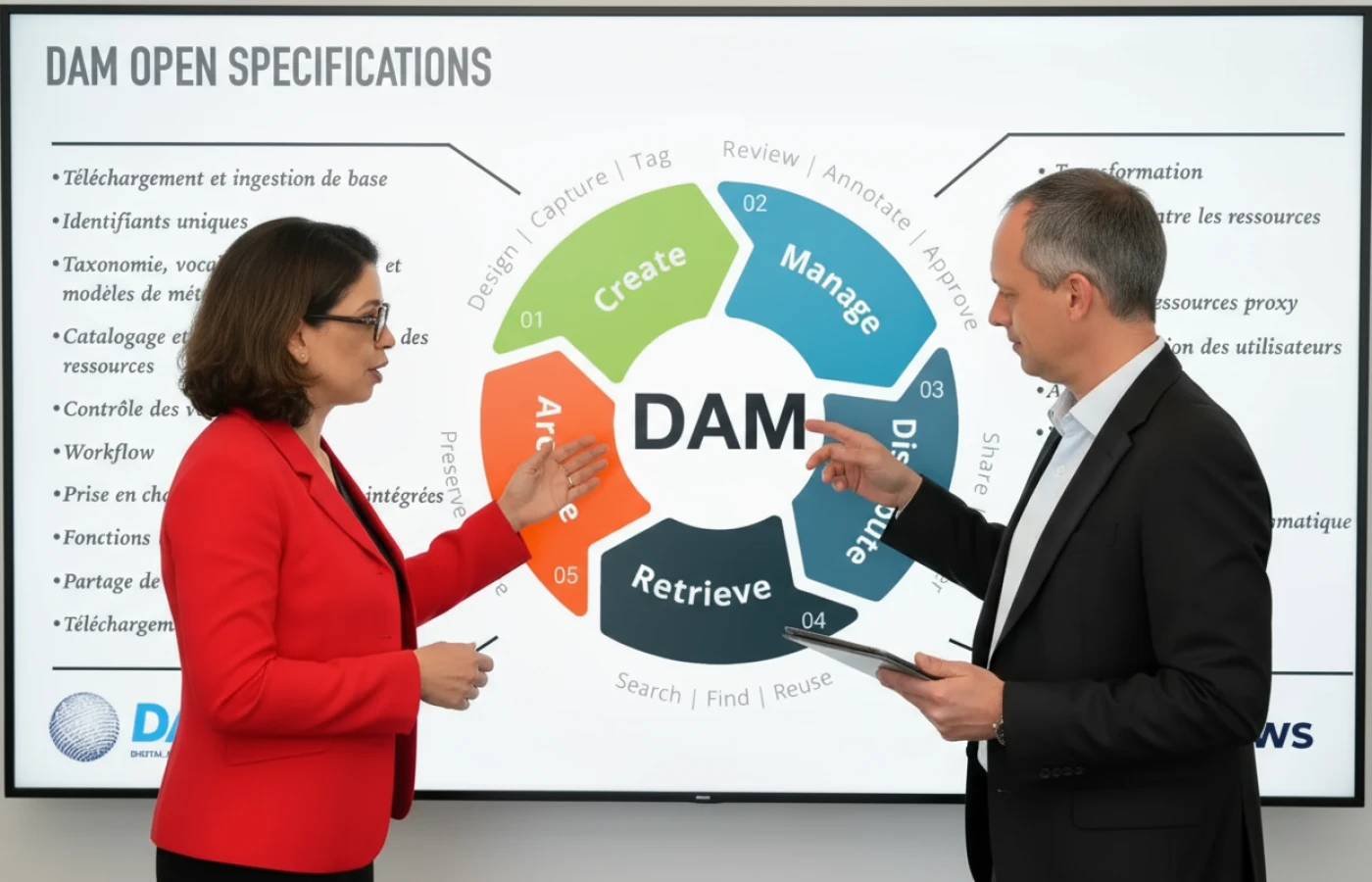
Digital asset management (DAM) consulting guides organizations through selecting, implementing and optimizing DAM solutions. Consultants assess your current workflows, recommend technology and processes, estimate costs and ROI, and support change management to ensure your digital assets are managed efficiently and strategically.
Digital transformation has unleashed an explosion of digital content. From high‑resolution images and videos to documents, audio files, 3D models, design files and social posts, organizations today own more digital assets than ever before. These assets fuel marketing campaigns, power e‑commerce sites, support product launches and preserve institutional knowledge. While digital assets can be a strategic advantage, they can also quickly become a liability if not managed properly. Many teams save files haphazardly across personal drives, email attachments, shared folders or cloud services. Without a disciplined approach, employees waste hours searching for the right file, outdated assets may be reused, and companies risk legal or compliance issues if rights aren’t tracked.
Digital asset management (DAM) systems provide a centralized solution to store, organize and distribute digital assets. They attach metadata for searchability, manage version control, enforce rights and automate workflows. However, selecting, implementing and maintaining a DAM system can be daunting. Each organization’s content, processes, technology stack and governance requirements differ. Off‑the‑shelf solutions may not fit, and existing workflows often need to be rethought. As a result, many organizations turn to digital asset management consultants—specialists who guide them through the DAM journey. This article explores what DAM consultants do, why DAM matters and what it costs, the services offered by consulting firms, how to evaluate a consultant or solution and how to calculate the return on investment (ROI) for DAM. By understanding the role of consultants and the business case for DAM, organizations can make informed decisions and reap the full benefits of their digital assets.
The proliferation of digital files creates challenges for organizations without a centralized approach. When assets reside in multiple locations—local computers, departmental servers, email attachments or consumer cloud storage—employees waste time searching for files and re‑creating missing assets. Decentralization also increases the risk that outdated or unapproved assets are used, undermining brand consistency and compliance. Teams often rely on individuals with institutional knowledge to locate assets, creating bottlenecks and vulnerability if those employees leave.
Beyond inefficiency, poorly managed assets create legal and compliance risks. Rights restrictions and licensing terms can easily be violated if no one knows which assets are expired or restricted. With fines for copyright infringement and breaches of usage contracts, the financial impact of mismanaged assets can be significant. Furthermore, the sheer volume of digital assets can overwhelm marketing and creative teams, leading to duplication of effort and creative frustration.
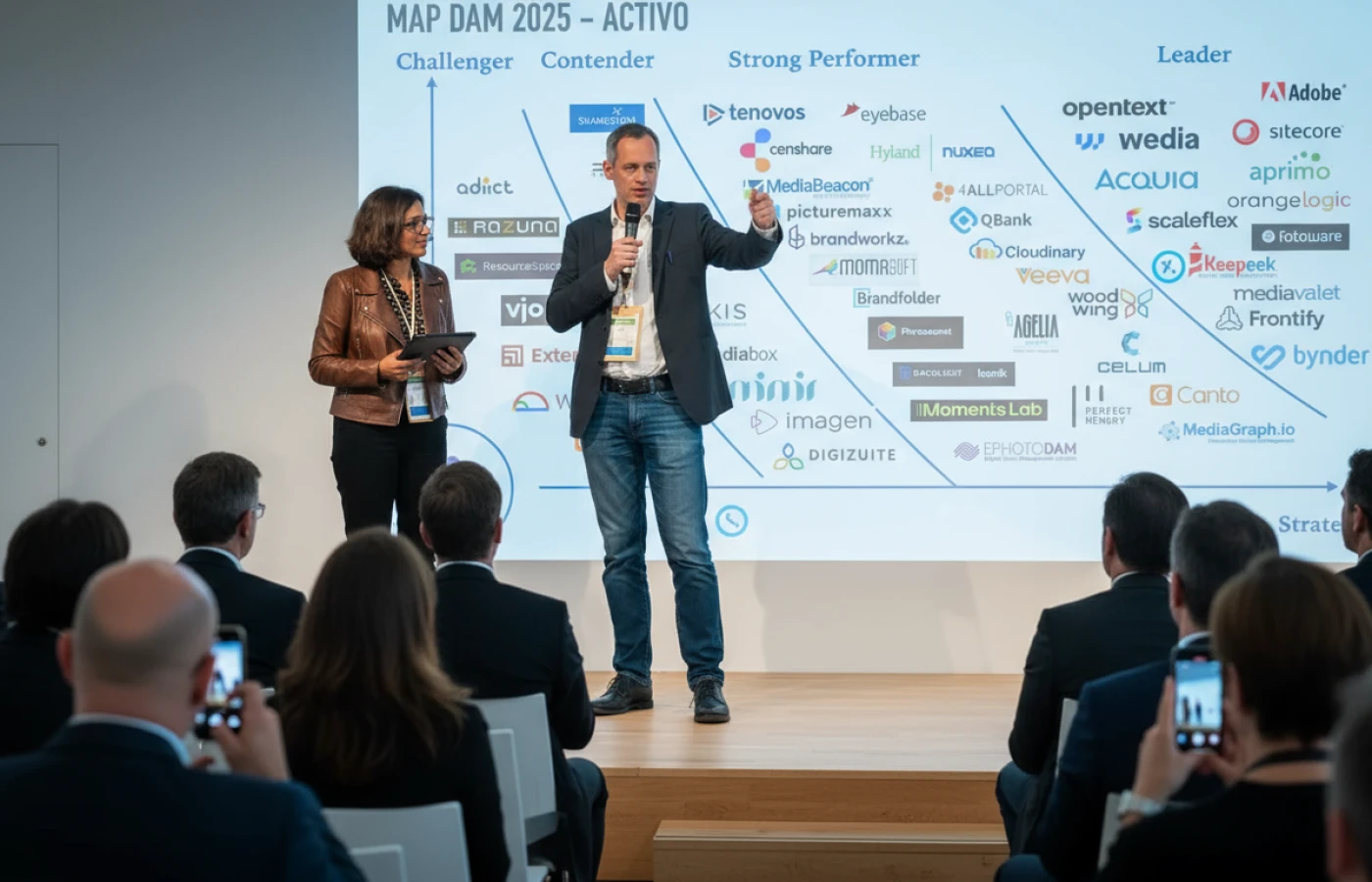
A DAM system addresses these issues by providing a single source of truth for all digital assets. It stores files in a centralized repository, attaches rich metadata for discovery, manages versions, automates workflows and controls user permissions. With a DAM, employees can search for assets by keywords, file type, campaign, product or date rather than digging through folders. Approved assets are easily identified, ensuring brand consistency and eliminating unauthorized use. A DAM also tracks usage rights and expiration dates, reducing legal risk.
DAM’s benefits extend beyond efficiency. By integrating with content management systems (CMS), product information management (PIM) platforms, marketing automation tools and e‑commerce systems, a DAM becomes a hub that feeds assets to any channel. When a product update occurs, the latest images and descriptions flow automatically to websites, catalogs and mobile apps. Collaborative workflows streamline approvals and accelerate campaign launches. Ultimately, DAM enables faster time to market, improved customer experiences and a better return on content investments.
Despite its benefits, implementing a DAM is complex. It requires aligning people, processes and technology. Organizations must define metadata schemas, taxonomies, user roles, governance policies and workflows. They must select a DAM that integrates with existing systems and supports desired features. They need to migrate existing assets, apply metadata and train users.
Building an effective DAM program is critical and complex, requiring input from many user groups and awareness of what’s possible with DAM. Without this expertise, organizations may buy the wrong system, fail to plan for change management or neglect critical elements like metadata strategy. This is where digital asset management consultants play an essential role.
A DAM consultant begins with a comprehensive assessment of an organization’s current state. They interview stakeholders in marketing, creative, IT, legal and operations to understand workflows, pain points and objectives. They inventory existing assets, storage locations and metadata practices. They evaluate the technology stack—CMS, PIM, CRM, project management tools and design software—and identify integration requirements.
Based on this assessment, the consultant creates a DAM strategy aligned with organizational goals. This includes defining the business case for DAM, outlining governance policies, designing metadata schemas and taxonomies, and specifying workflows for asset ingestion, review, approval, distribution and archival. The strategy considers regulatory requirements, such as data privacy, copyright and usage rights. It also identifies metrics to measure success, such as time saved on asset retrieval or reduction in duplicate asset creation.
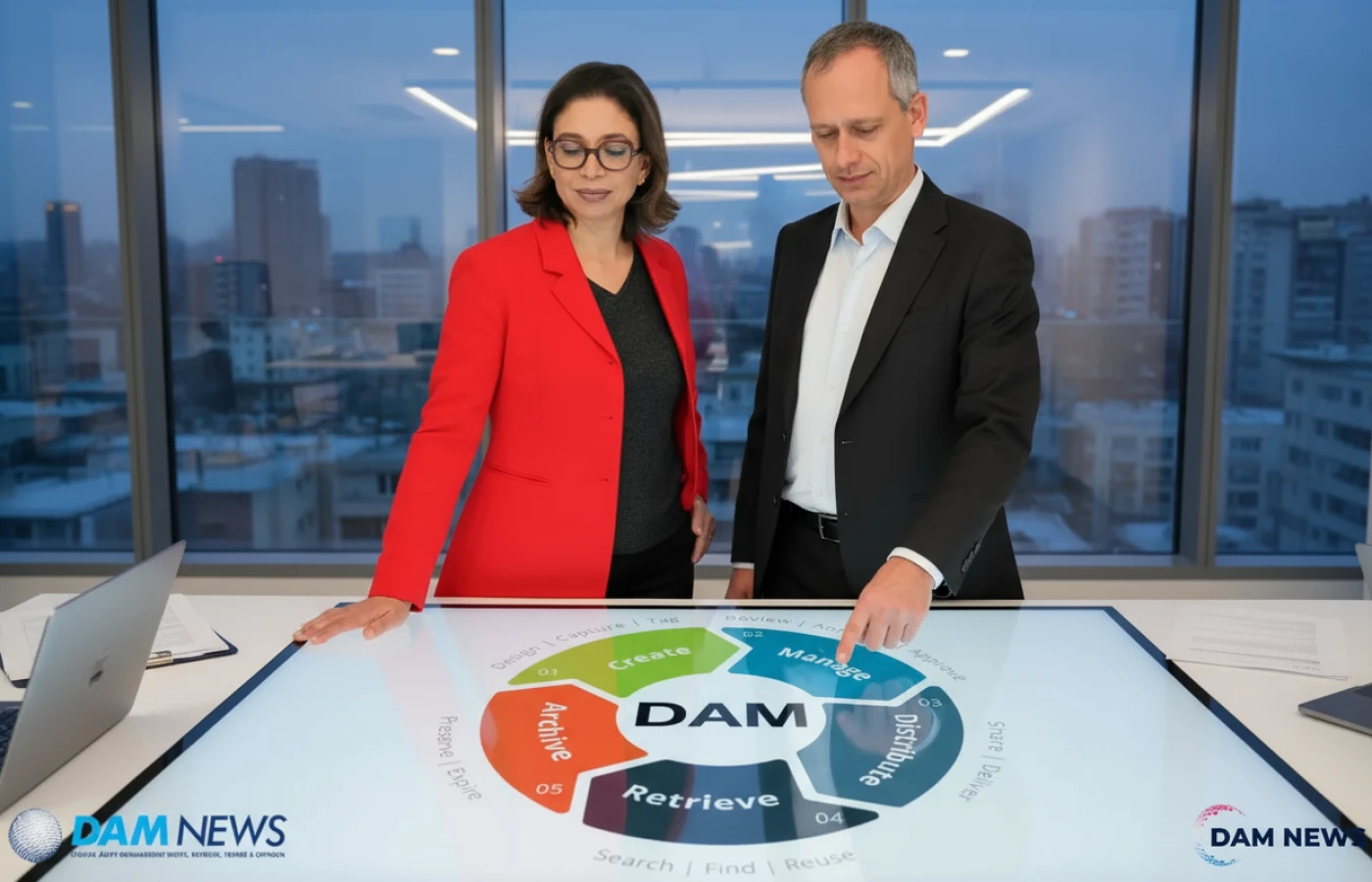
Once the strategy is defined, the consultant assists with vendor selection. The DAM market is crowded with options—on‑premises, cloud‑based or hybrid; vendor‑hosted or self‑hosted; specialized solutions for certain industries; and broad platforms with modular features. Choosing the wrong solution can lead to high costs, poor adoption and limited integration. Consultants evaluate vendors based on the organization’s requirements, such as scalability, metadata support, integration capabilities, user interface and pricing models. They may issue a request for proposal (RFP), compare vendor demos and references, and negotiate contracts.
After selecting a DAM platform, the consultant leads or supports the implementation. Implementation encompasses setting up the DAM system, configuring metadata schemas and taxonomies, defining user roles and permissions, and integrating the DAM with other systems (CMS, PIM, project management, creative tools). Consultants design and automate workflows for asset ingestion, review, approval, distribution and archival. They oversee asset migration, ensuring that existing files are cleansed, deduplicated, enriched with metadata and properly mapped to the new system. They also ensure that integrations are robust, enabling seamless content flow across platforms.
Successful DAM adoption requires change management. Consultants develop training programs for different user groups—designers, marketers, product managers, IT administrators—covering uploading, tagging, searching, downloading and approving assets. They provide user manuals, quick reference guides and on‑site or virtual training sessions. Change management also involves communication: explaining the benefits of the DAM, addressing concerns about new processes and demonstrating how the system will improve daily workflows. Consultants may help identify internal DAM champions who promote the system and provide ongoing support.
Consultants often stay engaged after deployment to optimize the DAM system. They analyze usage metrics to identify which assets are most used, which workflows are slowing down and where metadata gaps exist. They adjust taxonomies, refine metadata fields and modify workflows to improve efficiency. They advise on new features or integrations (e.g., AI‑powered tagging, auto‑transcription, dynamic asset transformation) that enhance performance. Continuous improvement ensures that the DAM evolves with the organization’s needs, technology advancements and market trends.
Digital asset management consulting firms often act as long‑term partners. They stay current on DAM trends, technology updates and best practices across industries. This knowledge helps clients adapt to changes in content consumption, privacy regulations, accessibility standards and emerging media formats. Consultants serve as trusted advisors, helping organizations scale their DAM, integrate with new systems, and align their asset management strategy with evolving business objectives.

Digital asset management consulting firms offer a variety of services, including:
Consultants analyze current systems and workflows, then design optimal solutions to address gaps. This includes assessing asset distribution, workflow efficiency, rights management, copyright protection and overall DAM maturity. Solution design ensures that the selected DAM covers these aspects and aligns with the organization’s culture and workflows.
Implementation services include installing or configuring the DAM platform, creating metadata schemas and taxonomies, importing existing assets, setting up user permissions and integrating the DAM with other systems (e.g., CMS, PIM, ERP, CRM). Consultants configure content transformation rules (e.g., generating multiple renditions), define workflow stages and set up notifications and approval paths.
Integration services connect the DAM with existing systems, enabling metadata synchronization and seamless asset access. For example, the DAM may integrate with a CMS to deliver product photos to a website, a PIM to enrich product data with images, or a marketing automation tool to feed approved visuals into campaigns. Consultants may develop custom integrations using APIs or middleware if the DAM lacks native connectors.
Consultants provide training tailored to different user groups. Training covers uploading assets, applying metadata, searching, downloading, sharing, approving and archiving. Consultants also help create governance policies, user guides and support materials to encourage adoption. They monitor adoption metrics and adjust training or interface configurations to improve engagement.
Governance services establish policies, roles, permissions and responsibilities to protect assets and ensure compliance. Consultants define naming conventions, controlled vocabularies, mandatory metadata fields, metadata validation rules and review processes. A strong metadata strategy improves searchability, automation and integration with other systems.
Post‑implementation services include performance monitoring. Consultants analyze DAM usage data (uploads, downloads, search queries, asset views) to identify bottlenecks and inefficiencies. They recommend optimizations such as adjusting metadata, reorganizing taxonomies, revising approval workflows or enabling new features. Continuous monitoring ensures that the DAM remains effective and aligned with business goals.
Some consulting firms offer managed services, where they handle ongoing DAM administration, asset ingestion, metadata tagging, user support and system maintenance. Managed services allow organizations to focus on content creation and marketing while leaving the technical and administrative aspects of DAM to experts. This can be especially valuable for small teams or organizations lacking in‑house DAM expertise.
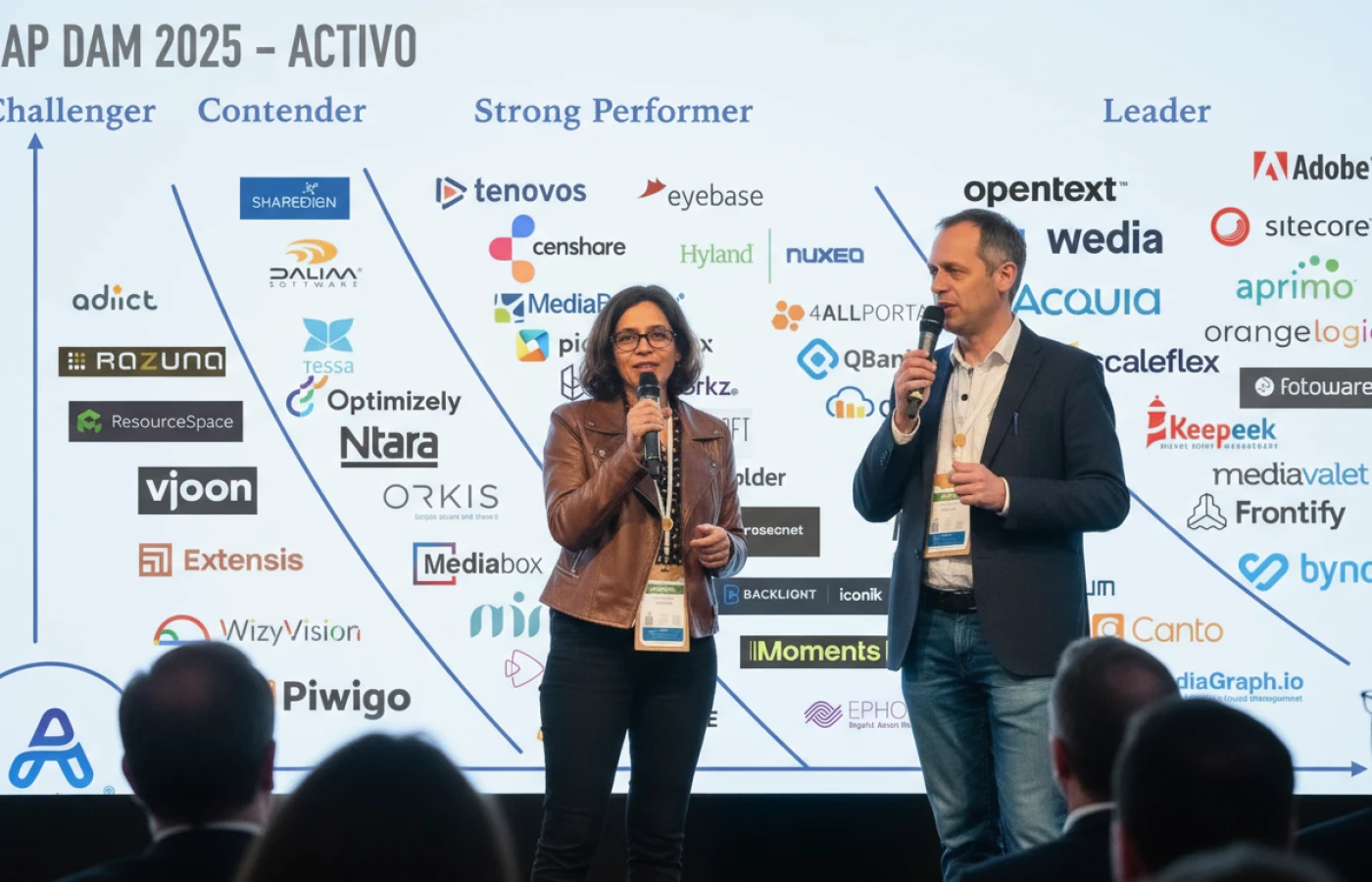
Choosing the right DAM consultant or solution involves evaluating experience, expertise, neutrality, fit and track record. Here are key considerations:
Look for consultants who have worked with organizations in your industry. They understand your specific content types, workflows, compliance requirements and integration needs. They can offer best practices tailored to your use cases and avoid common pitfalls.
Evaluate the consultant’s technical knowledge of DAM platforms, metadata standards, integration methods and security. Certifications from DAM vendors or industry bodies indicate that they have deep product knowledge and adhere to best practices.
Independent consultants are not tied to a specific vendor and can objectively assess multiple options. If a consultant resells or implements a particular platform, ensure they also consider other solutions if appropriate. Neutral consultants help you avoid being locked into a suboptimal system.
Understand the consultant’s project approach. Do they offer a structured process for assessment, design, implementation and training? How do they manage risks, timelines and budgets? Do they provide clear deliverables and documentation? A disciplined methodology ensures that the project stays on track.
Ask for references or case studies of similar projects. Speak with former clients to learn about the consultant’s communication, problem‑solving and post‑implementation support. Case studies illustrate how the consultant delivered value, overcame obstacles and achieved ROI.
Choose a consultant who aligns with your organization’s culture, communication style and values. A good cultural fit fosters collaboration, trust and buy‑in from stakeholders. Consultants who understand and respect your corporate culture can tailor their approach accordingly.
Ensure that the DAM platform recommended by the consultant can scale with your organization’s growth. Assess whether it can handle increasing asset volumes, user counts, integrations and new media formats. Ask how the consultant stays informed about trends (e.g., AI tagging, headless architectures, blockchain) and how they plan to incorporate them into your DAM strategy.
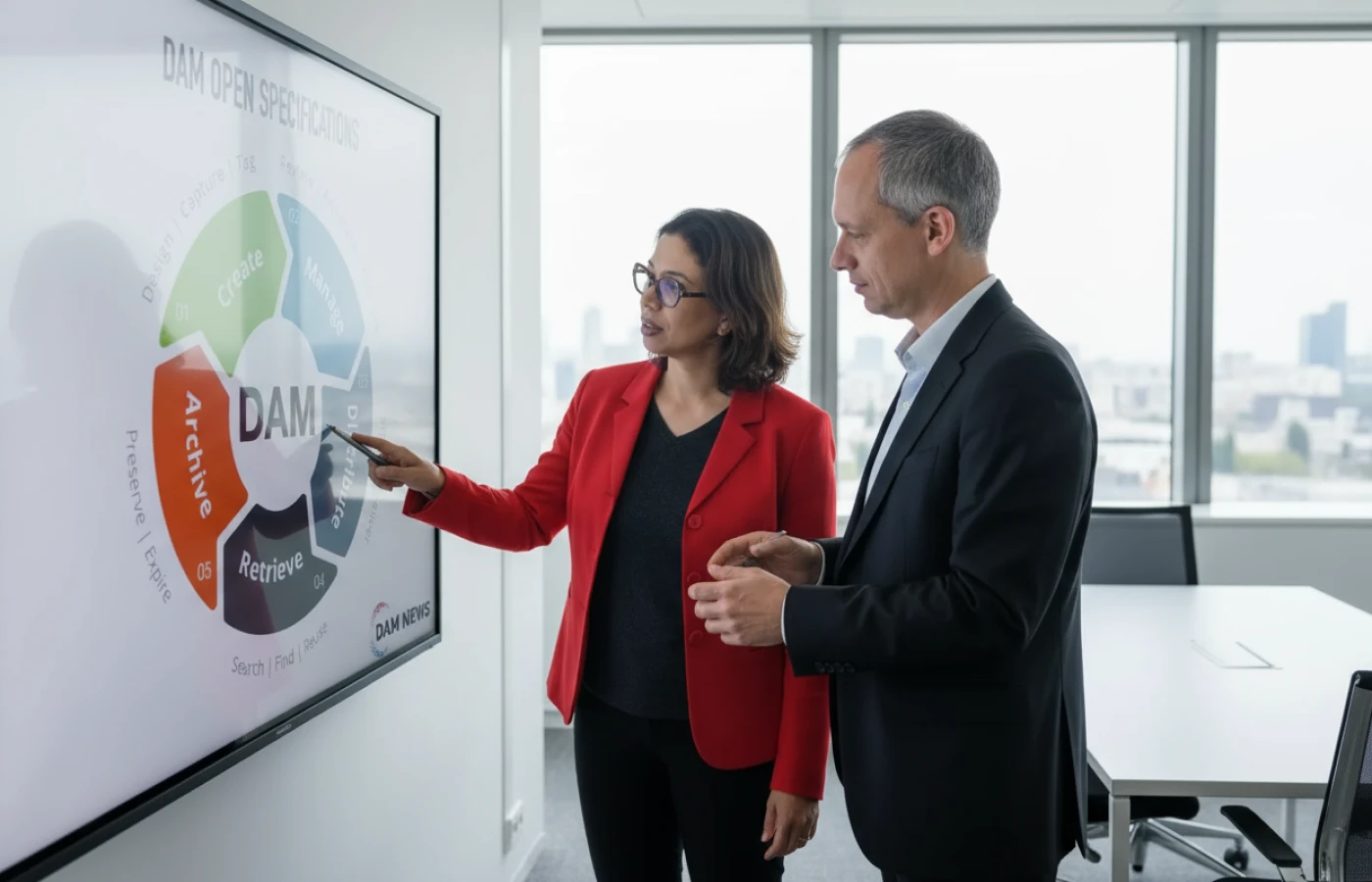
Calculating ROI requires estimating the costs of a DAM implementation and the financial benefits. Quantitative benefits include:
Some benefits are harder to quantify but still contribute to ROI:
To calculate ROI, subtract the total costs of the DAM (software licenses, consulting fees, implementation, training, ongoing maintenance) from the projected benefits and divide by the costs. For example:
ROI (%) = (Total Benefits – Total Costs) / Total Costs × 100
Metrics to track include:
Suppose a marketing team spends 10 hours per week searching for assets and 5 hours re‑creating missing files. The average wage is €50 per hour. Implementing a DAM reduces search time to 2 hours and eliminates rework. Time savings are (10 + 5 – 2) × €50 = €650 per week. Annual savings are €650 × 52 ≈ €33,800. If the DAM implementation costs €100,000 and annual maintenance is €15,000, the payback period is less than three years. Additional benefits—such as faster campaigns, reduced legal risk and improved brand consistency—further increase ROI.
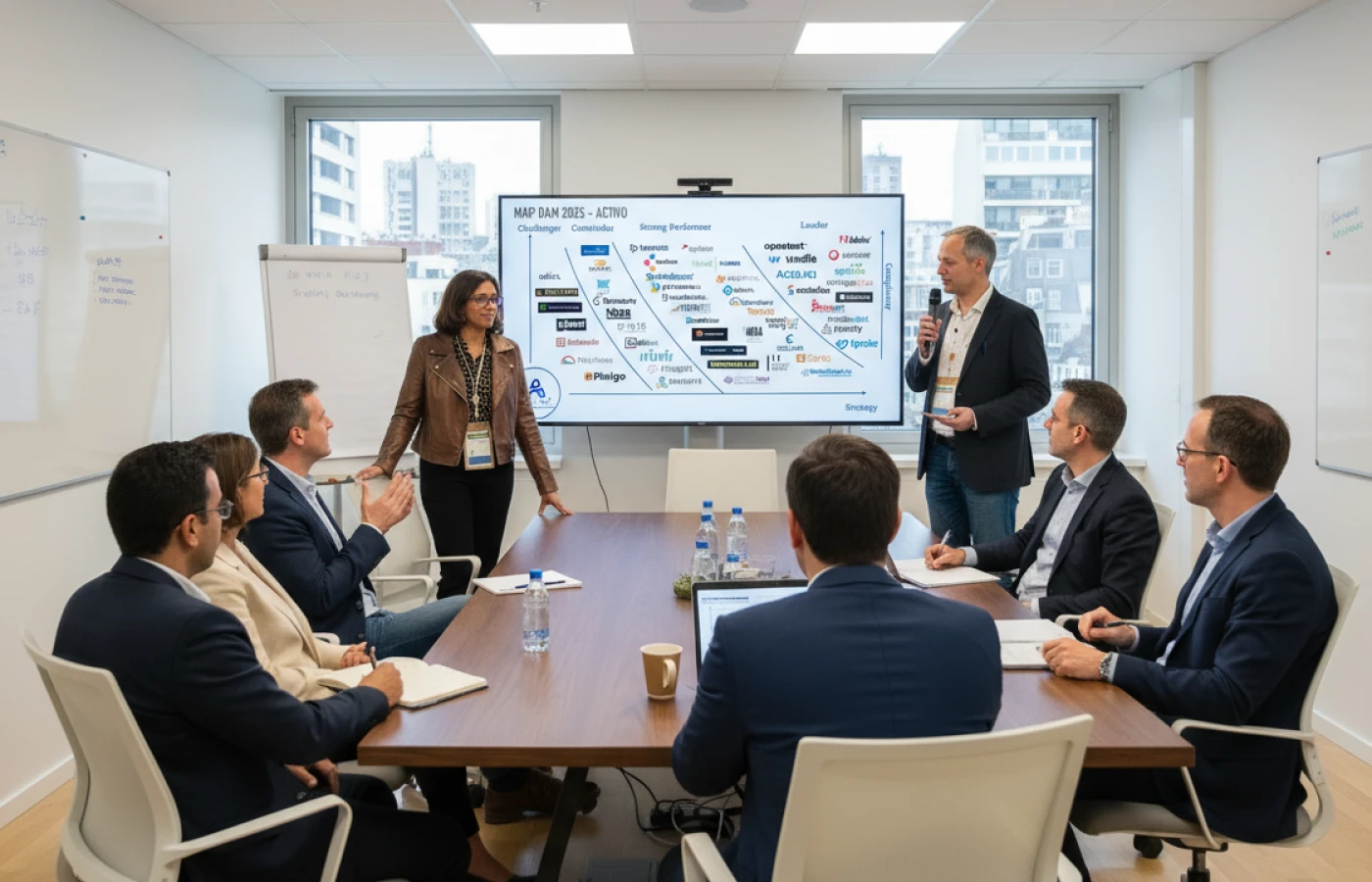
Digital asset management is essential for organizations seeking to tame content chaos and maximize the value of their digital assets. A DAM system offers centralized storage, searchability, rights management and workflows, but implementing one is complex. Digital asset management consultants guide companies through this journey, from assessment and strategy to vendor selection, implementation, change management and optimization. They help avoid missteps, align the DAM with business goals and ensure user adoption.
By understanding the services consultants provide, how to choose the right partner and how to measure ROI, organizations can make confident decisions. The benefits of a well‑implemented DAM—including efficiency, compliance, collaboration, brand consistency and measurable cost savings—far outweigh the investments. In a world where digital content is both a differentiator and a risk, partnering with experts to manage your digital assets is a strategic move.